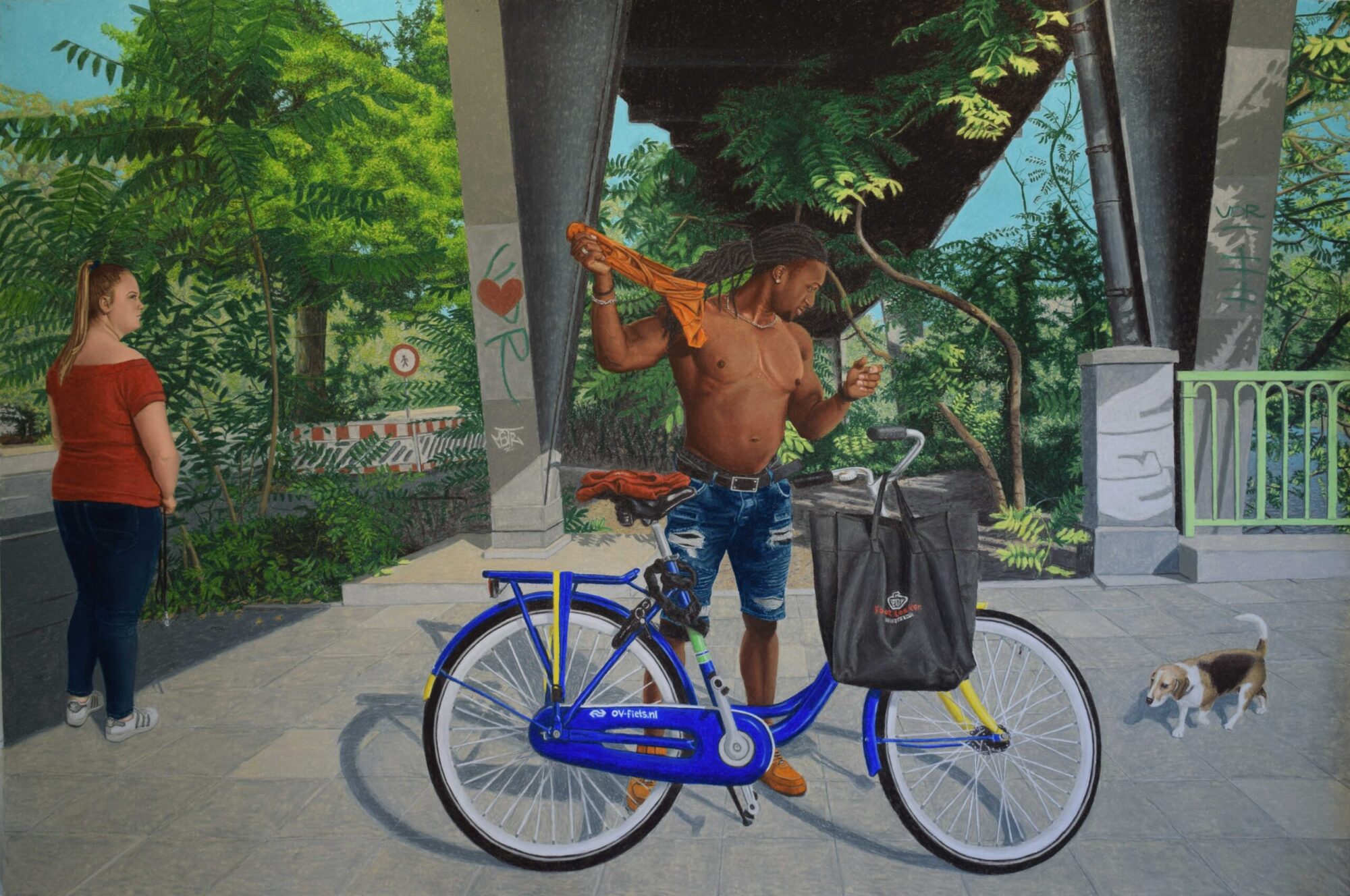By Alvaro Tellez

INTRODUCTION
Often recognised for its high level of tolerance and inclusiveness, the Netherlands has had a long history of immigration and associated policies. It is worth questioning, however, whether this perception reflects on today’s policy, which has been considered controversial being the only country in the world to demand knowledge of language and society from its inhabitants before allowing them to stay permanently (Louwerse). In the past fifty years, the Netherlands has gone from exclusionism to multiculturalism, from multiculturalism to integrationism and from integrationism to assimilationism (Entzinger, “The Growing Gap between Facts and Discourse on Immigrant Integration in the Netherlands” 697). The development of Dutch immigrant policy over the past decades has been characterised by the rise and fall of several policy frames (Scholten 717). The aim of my research is to compare policies and determine the success of the latter in today’s context.
After suffering great loss in World War II, the Dutch government introduced the concept of ‘Guest Workers’ to restart the economy, initially recruiting workers from Southern Europe (i.e. Spain and Italy) to work in the industrial sector. This program was successful, the economy boomed by the middle of the 1960s. Consequently, the government decided to invite new guest workers from Turkey and Morocco. It allowed many guest workers to move to the Netherlands with their families until labour migration stopped in 1973 as a consequence of the oil crisis. However, the number of guest workers kept increasing because of the introduction of the ‘Family Reunification Law’, which allowed guest workers settled in the Netherlands to bring the family members they left behind in their original countries.
After the Dutch realized that guest workers had come to stay, the 1983 Ethnic Minorities Policy was created, allowing migrants to develop their own cultural and linguistic institutions. Thought of as an open-minded, multiculturalist approach, it further impeded migrants from integrating into society by continuing segregation and often offering sub-par education in mother-tongue. The consequences of this policy were evident in less than a decade when the policy was changed into ‘Integration Policy’ in 1994. The goal of this policy was to diminish the secularization that was caused by multiculturalist policy (Vasta 717) and ultimately have immigrants participate in Dutch society as a necessary condition with “policy efforts to promote immigrant participation in the country’s major institutional areas, such as employment, schooling and housing were stepped up” (Banting and Kymlicka 199). New emphases were made on language courses, social orientation and vocational training; however, these were turned into a requirement, enabling the government to sanction immigrants that didn’t attend them.
This shift towards assimilationism culminated by the end of 2006, when mandatory courses became valid not only to newcomers but also to those that already live in the country and haven’t assimilated yet making the Netherlands the only country in the world that requires immigrants from outside of the European Union to have knowledge of language and society from its inhabitants before allowing them to stay permanently” (Louwerse). These constant policy changes led to integration difficulties among immigrant communities not only leaving them outside Dutch society for too long but ultimately punishing them for the government’s constant changing without giving communities a chance to process these reforms.
